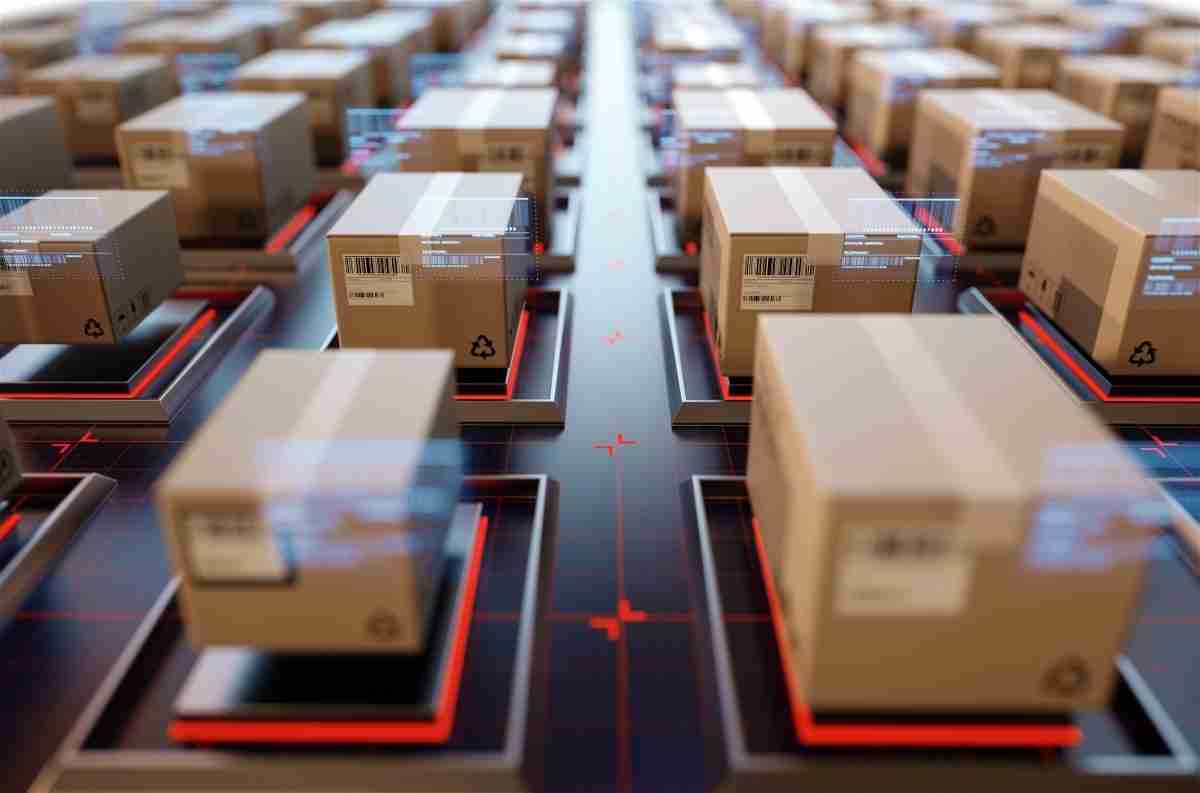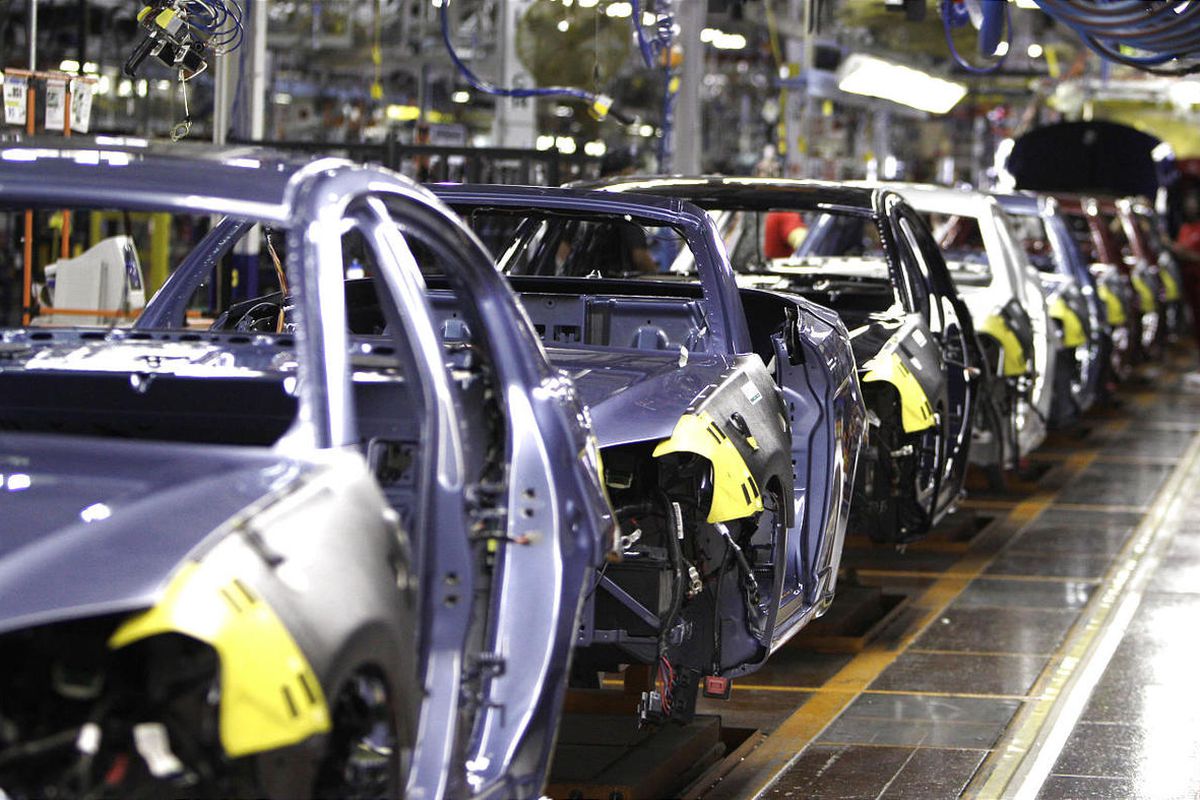We Explained the Importance of Packaging in Supply Chain Resilience
The importance of product packaging in the supply chain is greater than many people realize. As a business owner, you want your items to be packaged...
4 min read
Işık Handan : Mar 3, 2022 1:59:42 AM
In today's digital economy, a new approach to managing the entire supply chain ecosystem is required—one that makes use of cloud technology, real-time connection, and advanced analytics.
That's where a completely integrated portfolio of planning, sourcing, coordination and logistics platforms powered by big data analytics and AI can help supply chain resiliency by providing more insight, recommended actions, and predictive risk reduction.
Supply chain management is a sophisticated and well-organized system for delivering high-quality, low-cost goods to customers. It ensures that businesses run smoothly and efficiently while also fostering customer-centric operations to provide the highest level of customer satisfaction.
Supply chain management is changing as a result of new technologies, with real-time tracking and precise and quick delivery times becoming critical for corporate success. Large corporations find it challenging to incorporate supply chain management technology.
Nonetheless, the benefits of mobile devices, digital transformation, and competitive methods of operation are clear, ushering in a new era of production.
Supply chain management is critical to a company's success because it improves customer service, lowers operating expenses, and boosts financial performance. However, supply chain management is continuously evolving, and it's critical that businesses adopt modern methods.
Artificial intelligence (AI) and automated processes are transforming manufacturing operations and the global economy. The modern customer expects precision, quality, and high-speed performance, which translates to shorter turnaround times while maintaining exceptional results.
Supply chain management that is up to date employs end-to-end corporate procedures to align with a rising market and economic values, optimizing its competitive advantage.
Manufacturing leaders must be willing to change their processes and proceed into a new era of industry, or the fourth revolution, as the globe advances. Robotics, automation, and digital software tools or "smart" systems that may combine operations and extend possibilities are all part of Industry 4.0.
Advanced manufacturing isn't about replacing humans; rather, it's about improving procedures, allowing for greater precision and efficiency through the use of artificial intelligence and robotics, which work alongside humans to boost business and the bottom line.

The three pillars of supply chain management are innovation, logistics, and analysis. Due to the development of new technology over the previous several decades, this process has evolved into a more efficient, transparent, and collaborative undertaking. The following are some of the clear implications and advantages of technology on supply chain management and its transition into the twenty-first century:
Without proper and effective communication, supply chain management will fail. Synergy and a large number of codependents or reciprocal elements are essential in these complex networks. Communication is essential for connecting each link in the chain and ensuring a smooth flow of production with no bumps that degrade the finished product's overall quality.
Digital equipment, such as software and hardware for automating manufacturing processes, can help to streamline and simplify operations, as well as secure data transfer and supply chain efficiency. Integrating systems allows for increased collaborative efforts in order to keep things operating smoothly and quickly. Rapid responses to chain disruptions save time and resources, resulting in improved output and outcomes.
It is critical to maintaining consistency in order to create a presentable and accepted product that is consistent with the company's brand. Transparency is required to ensure proper and reliable operation management. Employees and supervisors can intercept as necessary to protect the end product since they have easy access to up-to-date visibility.

New technologies are being introduced into manufacturing lines and logistical operations by manufacturers and logisticians.
In order to stay relevant in a hypercompetitive market chasing the phenomena known as Uberization, they are using current digital ecosystems and developing new methods of doing business, regardless of their size or money. They are embracing digital capabilities in order to generate economic value and advance up the corporate ladder.
Here are the top five supply chain technology trends that are still developing:
AI is still in its early stages of development as a technology. Current AI solutions can recognize patterns and imagine future possibilities, but they cannot make decisions. As a result, combining pattern recognition skills with cutting-edge prescriptive capabilities will be critical to widespread supply chain adoption, allowing users to focus on higher-order use cases like tactical network plans or bulk planning.
In 2022, digital twins could be one of the most intriguing logistics technology innovations to watch.
Digital twins can be implemented in a variety of ways in logistics. Digital twins can be used in the shipping industry to collect goods and packaging data and evaluate it for potential problems and recurrent trends that can be used to optimize future operations.
Warehouses and facilities could also use the technology to create precise 3D models of current facilities and evaluate layout changes or new equipment additions in a risk-free environment. Furthermore, logistics hubs can create digital twins and use them to test various scenarios and increase efficiency.
Self-driving cars are being developed by major corporations such as Google, Facebook, and Apple due to the immense potential of this technology. Companies interested in self-driving cars will reap significant benefits from them. If a truck doesn't even have a driver, it can run nonstop for 24 hours. As a result, clients can anticipate receiving their orders sooner. Autonomous vehicles can also be used to transfer items inside warehouses, yards, and terminals.
Plastics, common metals, precious metals, rubber, and glass are among the materials that 3D printers can work with. In addition, the agriculture industry is investigating novel methods for printing organic materials such as plants and animals, while the health sector is developing human body part replacements. We've only scratched the surface of what 3D printing can do.
Because of the numerous constraints put on the technology, drones have hitherto been an underutilized resource. Drone popularity and utilization in business sectors have skyrocketed since these restrictions were loosened. Drones have always had the potential to revolutionize the delivery of small goods. There's a concept that's been tested: enormous, fuel-powered planes carrying a swarm of smaller, short-range drones.

The importance of product packaging in the supply chain is greater than many people realize. As a business owner, you want your items to be packaged...

For original equipment manufacturers (OEMs), suppliers, and investors, the future of the automotive supply chain will bring new opportunities – but...

Management and strategy are in charge of supply chain expenses. Managing every step of the supply chain process can help you save money. Supply chain...